Amending and supplementing a number of articles of Decree No. 06/2022/ND-CP regulating greenhouse gas emission reduction and ozone layer protection
Amending regulations on greenhouse gas emission reduction and ozone layer protection
The Government has just issued Decree No. 119/2025/ND-CP dated June 9, 2025 amending and supplementing a number of articles of Decree No. 06/2022/ND-CP dated January 7, 2022 regulating greenhouse gas emission reduction and ozone layer protection.
In which, Decree No. 119/2025/ND-CP amends Article 12 on the organization of greenhouse gas emission quota allocation for facilities:
1- Phase 2025 - 2026
Facilities allocated greenhouse gas emission quotas are thermal power plants, iron and steel production facilities, and cement production facilities on the list of greenhouse gas emission facilities that must conduct greenhouse gas inventories issued by the Prime Minister .
The Ministry of Agriculture and Environment shall preside over and coordinate with the Ministry of Industry and Trade and the Ministry of Construction to pilot the proposal of quota allocation for 2025 and 2026 for each thermal power plant, iron and steel production facility, and cement production facility mentioned above, and report to the Prime Minister for consideration and approval of the total greenhouse gas emission quota by phase and annually. Based on the total greenhouse gas emission quota approved by the Prime Minister, the Ministry of Agriculture and Environment shall allocate quotas to the facilities before December 31, 2025.
2- Phase 2027 - 2028 and phase 2029 - 2030
Sector management ministries shall propose a list of establishments to be allocated quotas based on the list of establishments emitting greenhouse gases that must conduct greenhouse gas inventories issued by the Prime Minister and the annual quota allocation for each establishment, and send it to the Ministry of Agriculture and Environment before June 30, 2027 for the 2027-2028 period; before June 30, 2029 for the 2029-2030 period.
The Ministry of Industry and Trade and the Ministry of Construction shall update the list of establishments allocated quotas and the annual quota allocation for each thermal power plant, iron and steel production facility, and send it to the Ministry of Agriculture and Environment before June 30, 2027 for the 2027-2028 period; before June 30, 2029 for the 2029-2030 period.
The Ministry of Agriculture and Environment shall preside over and coordinate with relevant ministries and agencies to review, evaluate, synthesize and report to the Prime Minister for consideration and approval of the total greenhouse gas emission quota for the 2027-2028 period, the 2029-2030 period and
annually. Based on the total greenhouse gas emission quota approved by the Prime Minister, the Ministry of Agriculture and Environment shall allocate quotas to establishments before October 31, 2027 for the period 2027 - 2028 and before October 31, 2029 for the period 2029 - 2030.
3- Method of determining greenhouse gas emission quotas
a- Greenhouse gas emission quotas are determined based on the level of greenhouse gas emissions per unit of product; growth targets of the sector; greenhouse gas emission reduction targets of the sector and facility according to the production and business plan; emission reduction potential of the facility; technical, technological and financial capacity of the facility in implementing greenhouse gas emission reduction.
The method for determining greenhouse gas emission quotas is specified in detail in Method 01 of Appendix I issued with this Decree.
b- Sector management ministries shall apply the method specified in Point a above to determine the proposed greenhouse gas emission quotas to be allocated to establishments.
The establishments allocated quotas are allowed to exchange greenhouse gas emission quotas and carbon credits on the Carbon Exchange according to the roadmap specified in Article 17 of this Decree.
The cost of implementing greenhouse gas emission quota allocation is arranged from the state budget according to the state budget management decentralization.
Amending regulations on exchange and transfer of greenhouse gas emission quotas
In addition, Decree 119/2025/ND-CP also amends Article 19 on exchanging, borrowing, paying back, transferring, and offsetting greenhouse gas emission quotas and carbon credits:
Greenhouse gas emission quotas and carbon credits allowed to be exchanged on the Carbon Exchange include: Greenhouse gas emission quotas specified in Article 12 of this Decree. A greenhouse gas emission quota unit represents the emission right equal to 01 ton of CO2 or 01 ton of CO2 equivalent; carbon credits are granted for greenhouse gas emission reduction results from January 1, 2021 of programs and projects under the mechanism specified in Article 20 of this Decree and the mechanism specified in Point a, Point b, Clause 1, Article 20a of this Decree.
The exchange of greenhouse gas emission allowances is carried out on the Carbon Exchange in accordance with the law on the Carbon Exchange.
Pay greenhouse gas emission quota
For each allocation period, the facility is responsible for returning the greenhouse gas emission quota to the State. The amount of greenhouse gas emission quota returned must be at least equal to the greenhouse gas inventory results from direct emission sources during the allocation period of the facility minus the amount of offset carbon credits.
The facility shall self-pay the greenhouse gas emission quota to the National Registration System before December 31 of the year following the allocated period.
The State encourages establishments to voluntarily pay greenhouse gas emission quotas that are greater than the results of greenhouse gas inventories from direct emission sources during the allocated period, contributing to the implementation of the national greenhouse gas emission reduction target.
Facilities that fail to fully pay their greenhouse gas emission quotas will be subject to penalties in accordance with the law on administrative penalties for environmental protection violations. At the same time, the remaining amount of greenhouse gas emission quotas will be deducted from the facility's allocated quota for the next period.
Greenhouse gas emission quota transfer
During the period up to 2030, the facility can transfer the unused greenhouse gas emission allowance after completing the repayment of the current period to the next period. The amount of transferred allowance is used for exchange.
The facility shall self-transfer the greenhouse gas emission quota on the National Registration System after returning the greenhouse gas emission quota of the allocated period.
After 30 days from the deadline for returning the greenhouse gas emission quotas of the allocated period, the Ministry of Agriculture and Environment shall cancel the quotas of the previously allocated periods that have not been transferred or/and returned by the facility on the National Registration System, and at the same time send and update data to the Carbon Trading Platform operators.
This Decree comes into force from August 1, 2025.
Conclusion of Deputy Prime Minister Tran Hong Ha - Chairman of the National Civil Aviation Security Committee at the Committee meeting
Check and re-evaluate the system of aviation security facilities and equipment, and security control forces at airports.
The Government Office has just issued Notice No. 295/TB-VPCP dated June 10, 2025, concluding the conclusion of Deputy Prime Minister Tran Hong Ha - Chairman of the National Civil Aviation Security Committee (NASC) at the Committee meeting.
The conclusion announcement stated that from March 1, 2025, the Ministry of Public Security will officially take over the functions and tasks of state management of aviation security. After the process of merging, arranging and streamlining the apparatus, the current ministries and branches will have new functions, tasks, powers and organizational structures.
Nowadays, with the development of technology, many new devices and means have been born (especially unmanned aerial vehicles) which have increased the risks of aviation security threats, requiring appropriate adaptive solutions to meet the requirements of ensuring aviation security.
The Deputy Prime Minister, Chairman of the Aviation Security Committee, has directed the Ministry of Public Security and the Ministry of Construction to review and update regulations on aviation security, propose to fully supplement the functions and tasks of the Aviation Security Committee and the Aviation Authority into relevant Laws and Decrees, propose to amend the Law on Civil Aviation of Vietnam, propose a plan to improve, propose to establish an agency to investigate aircraft incidents and accidents, and propose to establish a database of aviation security information.
Ministries, branches and agencies need to seriously implement the Operational Regulations of the ANHK Committee, paying attention to the information and reporting regime. The Ministry of Construction (formerly the Ministry of Transport) fully performs its functions as the standing agency of the Committee, the Civil Aviation Authority of Vietnam performs the role of the Committee Office in synthesizing and carefully preparing reports for meetings in accordance with the Working Regulations of the Committee.
ANHK Committee. Committee members attend all Committee meetings. In case of absence, they must report and receive the consent of the Committee Chairman.
Check and re-evaluate aviation security equipment and facilities
In the coming time, the Deputy Prime Minister requested the Ministry of Public Security to preside over and coordinate with the Ministry of Construction to continue completing the transfer of aviation security functions and tasks to the Ministry of Public Security for management and to identify the focal agency of the Aviation Security Committee; promptly propose the functions, tasks and complete the Aviation Security Committee, and report to the Prime Minister for consideration and decision. The Civil Aviation Authority of Vietnam is a comprehensive state management agency for civil aviation, including a subordinate unit monitoring aviation security, responsible for coordinating with the Immigration Department, Ministry of Public Security in ensuring aviation security.
The Ministry of Public Security reported to the Chairman of the Committee on the inspection and assessment of network information security and safety at the Vietnam Air Traffic Management Corporation (VATM), determining responsibilities, solutions, and roadmap to overcome technical vulnerabilities (if any); studying the limitations and synchronization of the security control system; inspecting and re-evaluating the system of aviation security equipment and facilities, and security control forces at airports; inspecting and grasping the connection between security forces and forces in airports.
The Ministry of Construction directed the Civil Aviation Authority of Vietnam to send recommendations from the International Civil Aviation Organization (ICAO) related to aviation security to the Ministry of Public Security for understanding and implementation.
The Ministry of Construction assigned the Civil Aviation Authority of Vietnam to preside over and coordinate with the Ministry of Home Affairs to study international models to propose solutions to overcome ICAO's recommendations on the Aircraft Accident and Incident Investigation Agency in the direction of establishing a unit under the Government or the Ministry of Construction to ensure independence and objectivity (the suggested model is the Vietnam Aviation Security Investigation Council). This agency is technical and professional in nature, with clear functions, tasks, regimes and policies; fully equipped with specialized equipment and techniques; members suitable for expertise and profession, may include representatives of aircraft manufacturers, experienced pilots, representatives of the Ministry of Health, image and data analysis agencies. The investigation agency has the same capacity as the investigation agencies of advanced countries in the world.
The Ministry of National Defense, in coordination with the Ministry of Public Security, directed its affiliated agencies to continue studying recent aviation security incidents involving drones and develop legal and technical solutions to prevent and combat similar incidents.
Review and evaluate the overall work of displaying and preserving national treasures.
The golden seal "Emperor's Treasure" is a national treasure.
In Official Dispatch No. 5101/VPCP-KGVX dated June 10, 2025, Deputy Prime Minister Mai Van Chinh requested the Ministry of Culture, Sports and Tourism to preside over and coordinate with relevant ministries, agencies and localities to review and evaluate the overall work of displaying, preserving, protecting, ensuring security and safety of national treasures nationwide; promptly guide, inspect and supervise the work of preserving, restoring and embellishing relics and heritages to ensure effectiveness.
Management, protection and promotion of heritage and relic values; reporting to competent authorities on issues beyond their authority before June 30, 2025.
Establishment of the Organizing Committee for the Exhibition of Socio-Economic Achievements on the occasion of the 80th anniversary of National Day
Establishment of the Organizing Committee for the Exhibition of Socio-Economic Achievements on the occasion of the 80th anniversary of National Day - Illustrative photo.
The Organizing Committee of the Exhibition of Socio-Economic Achievements on the occasion of the 80th anniversary of National Day (September 2, 1945 - September 2, 2025) has just been established in Decision No. 72/QD-BCĐ dated June 10, 2025.
Organizing Committee Member
According to the above Decision, Comrade Nguyen Van Hung, Minister of Culture, Sports and Tourism, is the Head of the Organizing Committee.
Deputy Heads of the Committee include: Comrade Ta Quang Dong, Deputy Minister of Culture, Sports and Tourism (Permanent Deputy Head of the Committee); Comrade Dinh Thi Mai, Deputy Head of the Central Propaganda and Education Commission; Comrade Vo Thanh Hung, Deputy Chief of the Central Party Office; Comrade Vu Minh Tuan, Deputy Head of the National Assembly Office; Comrade Vu Thu Ha, Vice Chairman of the Hanoi People's Committee; Comrade Dao Duy Tuan, Deputy Head of the Department of Science, Education and Culture, Government Office.
Members of the Organizing Committee are leaders of several ministries, departments, branches, localities and Vingroup Corporation.
Functions, tasks and powers of the Organizing Committee
The Organizing Committee is an interdisciplinary coordination organization, whose function is to assist the Steering Committee in implementing the Exhibition according to the approved Project.
The Organizing Committee is responsible for advising, proposing, and developing a Plan to implement specific tasks for the Steering Committee to approve; preparing content and conditions for organizing the Exhibition; directly directing relevant units to closely coordinate in organizing the Exhibition. Reporting to the Steering Committee on progress, results as well as difficulties and problems arising during the implementation process to have timely solutions.
The Organizing Committee works part-time, promotes personal responsibility, and performs tasks assigned by the Head of the Organizing Committee.
The Exhibition Organizing Committee uses the seal of the Ministry of Culture, Sports and Tourism in performing its duties.
The Exhibition Organizing Committee has the following sub-committees: Content sub-committee; Propaganda sub-committee; Finance sub-committee; Foreign affairs sub-committee; Celebration sub-committee; Reception, Logistics and Facilities sub-committee; Security, Order and Health sub-committee and Standing Department.
The Organizing Committee will dissolve itself after completing its tasks./.
Source: https://baochinhphu.vn/chi-dao-dieu-hanh-cua-chinh-phu-thu-tuong-chinh-phu-ngay-10-6-2025-102250610165005459.htm


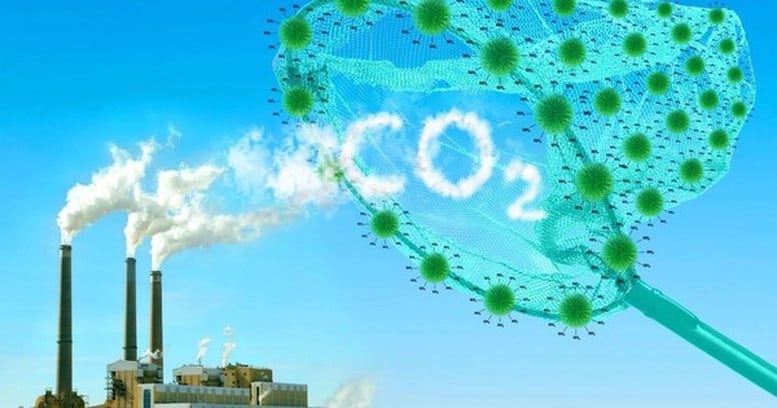
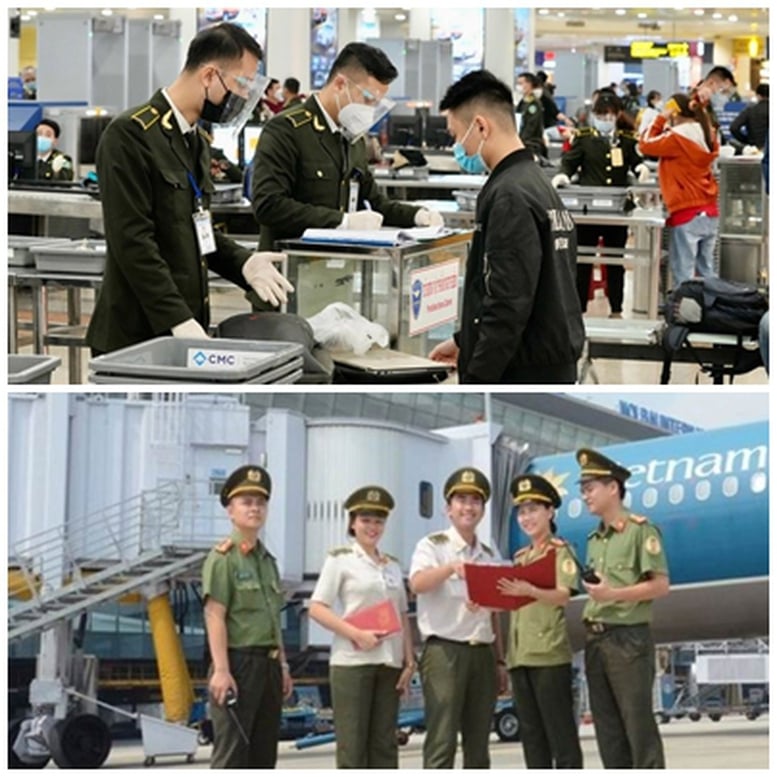

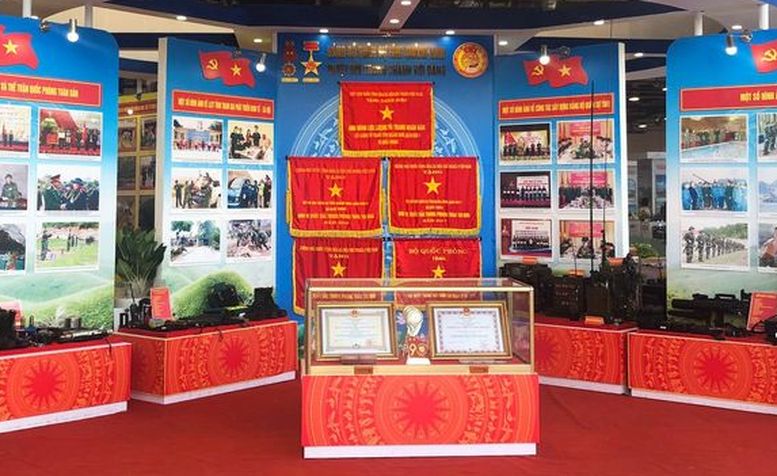
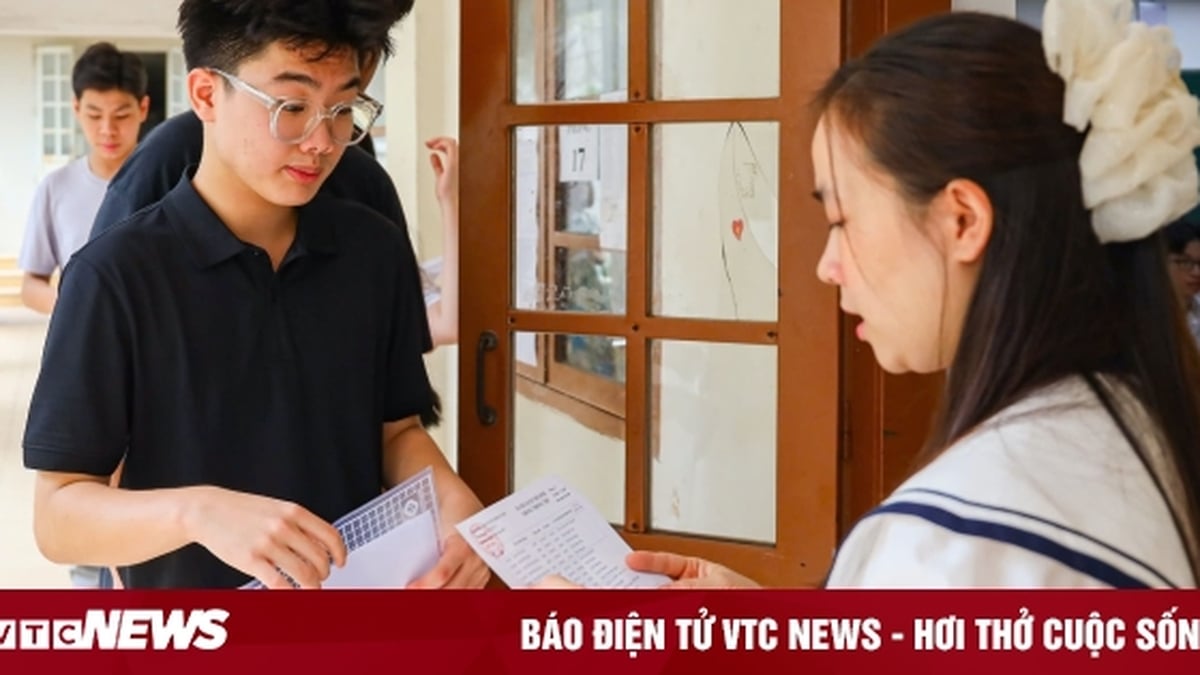
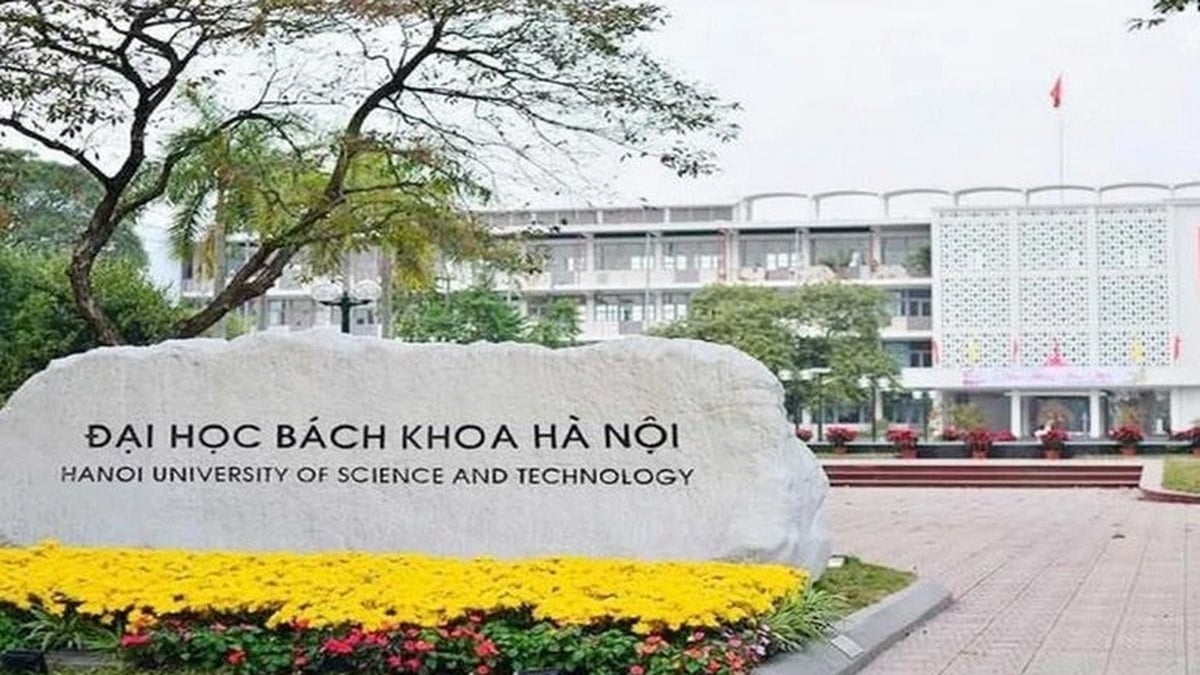
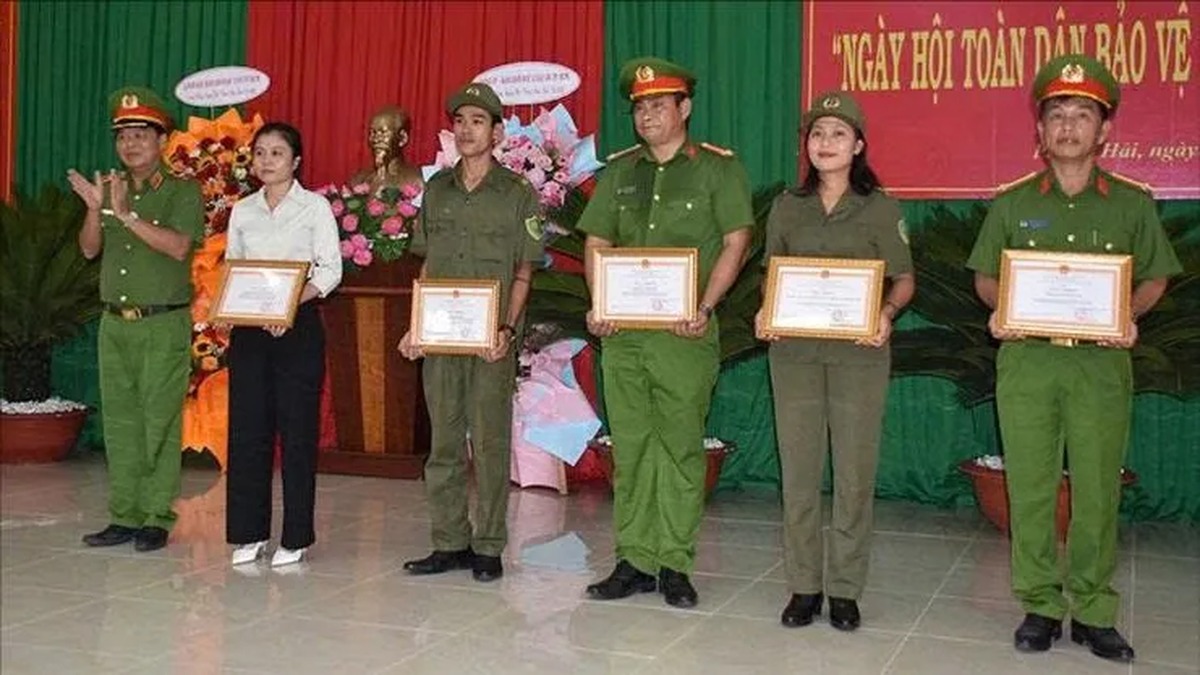
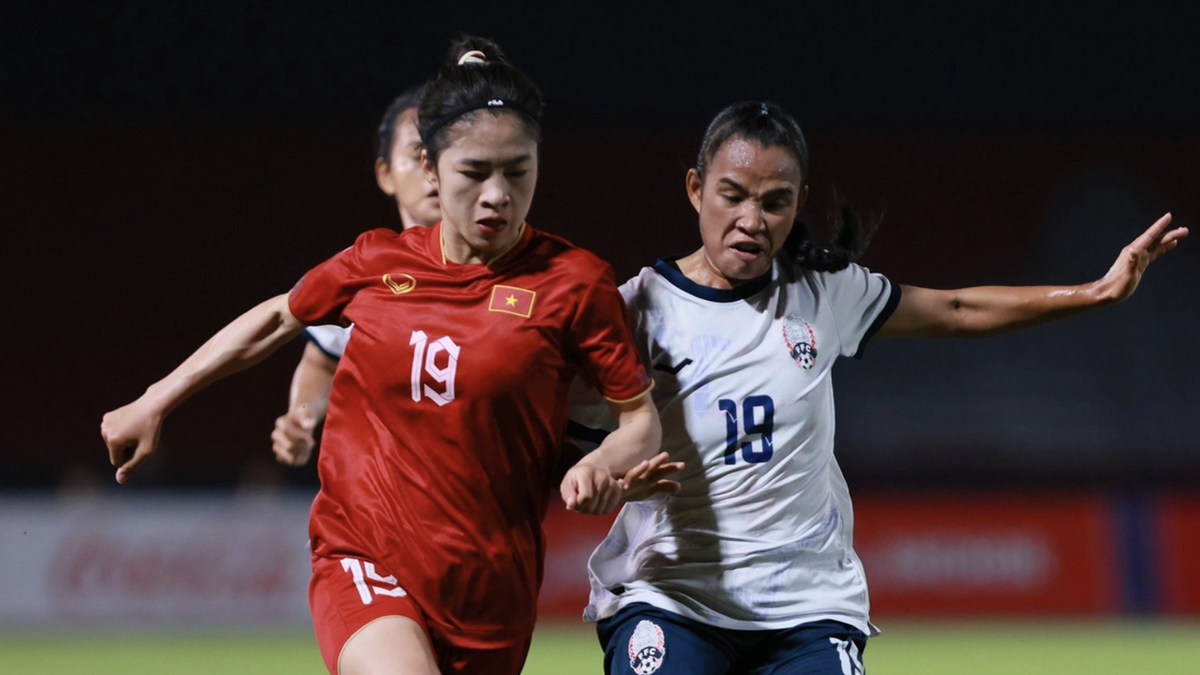
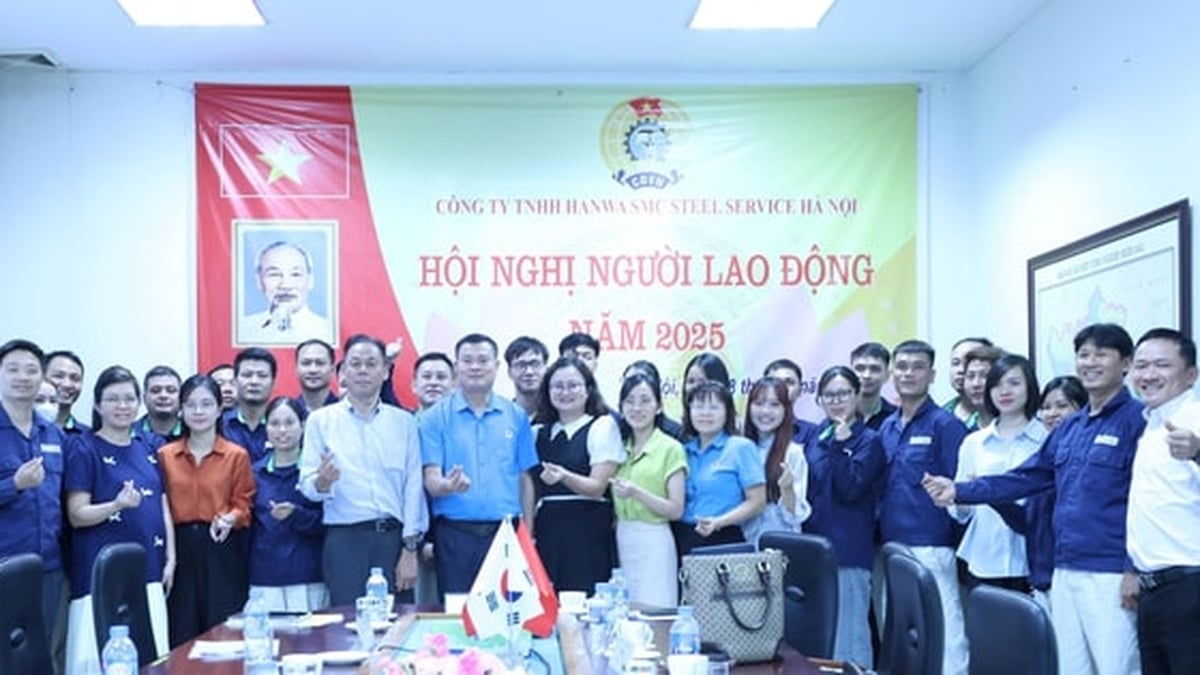

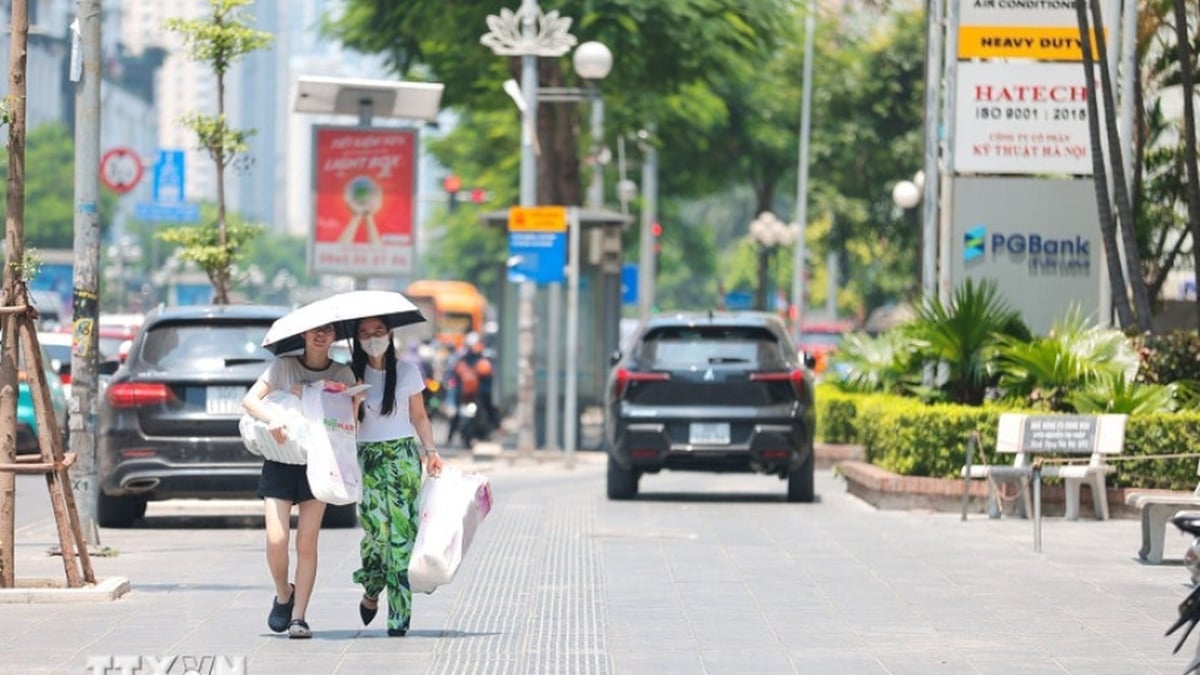


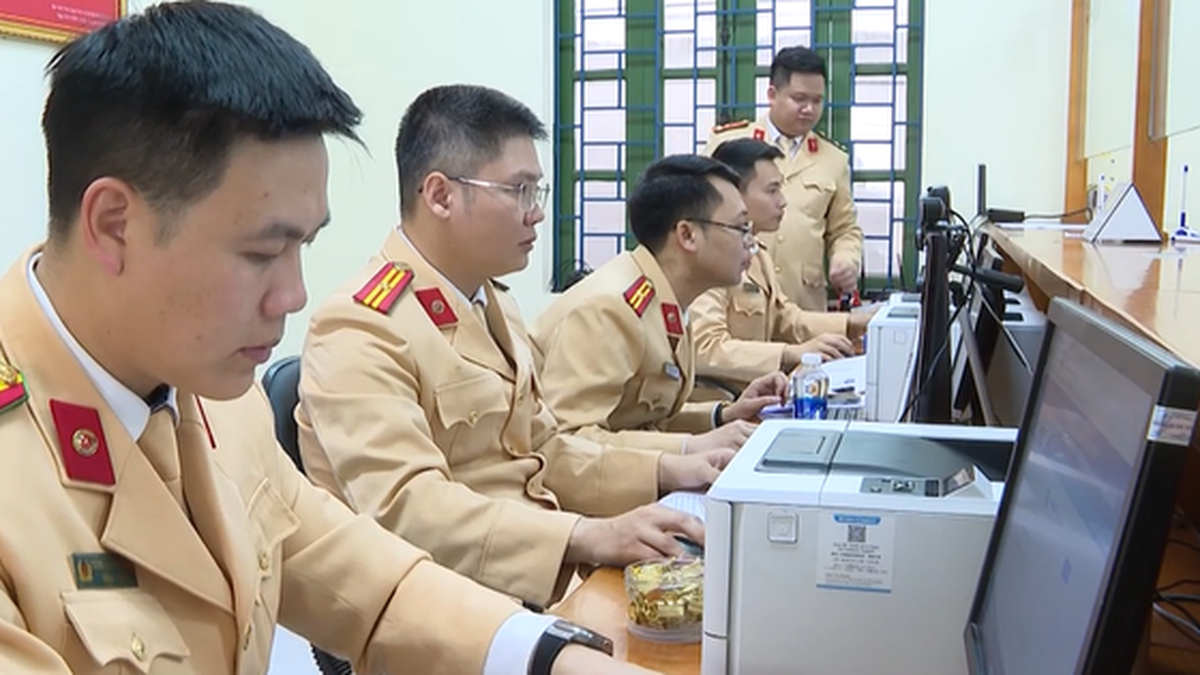














































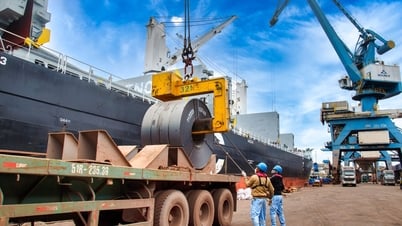



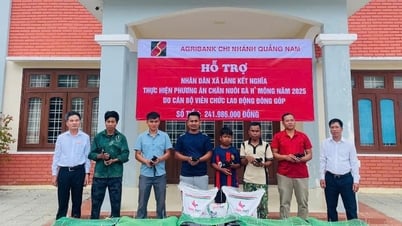














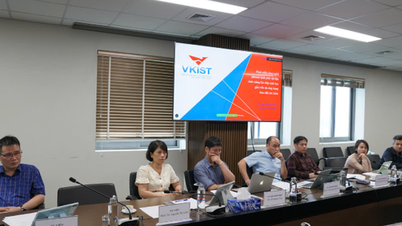
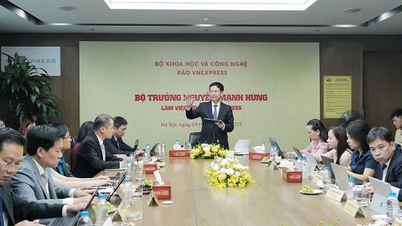

















![[Infographic] In 2025, 47 products will achieve national OCOP](https://vphoto.vietnam.vn/thumb/402x226/vietnam/resource/IMAGE/2025/7/16/5d672398b0744db3ab920e05db8e5b7d)





Comment (0)